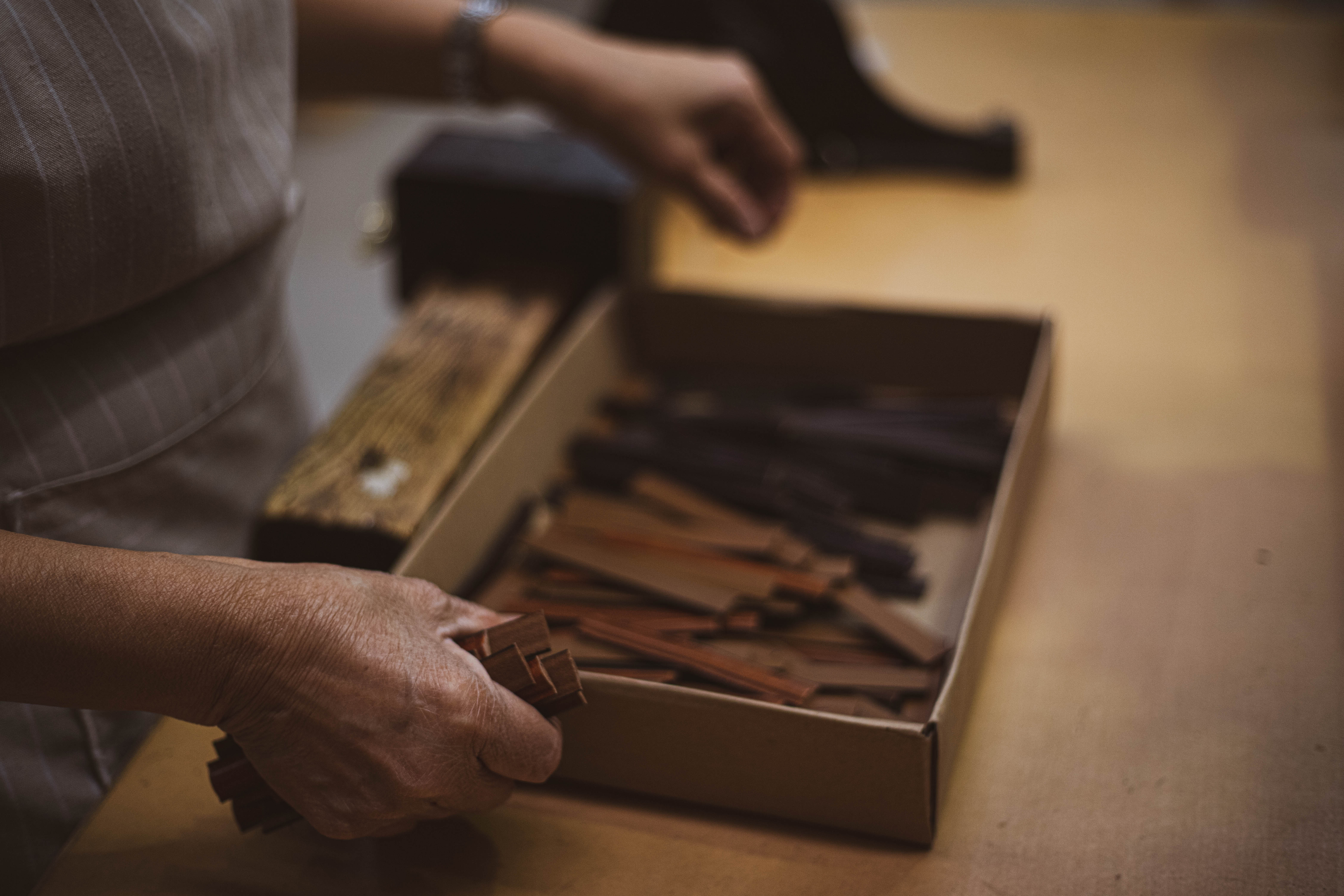What Are the 4 Grades of Leather?
Whether you're buying a leather belt, leather jacket, or even a leather sofa, understanding the different grades of leather makes all the difference. The surface might look similar — but the way it wears, feels and holds up comes down to the leather grade behind it.
At Buckle, we build our belts using the highest quality leather we can source — full grain and top grain, ethically tanned, and made to last.
Let’s break down the 4 main grades of leather, what they’re made from, and how to know which one fits your next leather item best.

1. Full Grain Leather
This is the top-tier. Taken from the very outer hide, full grain leather keeps the natural leather grain intact — no sanding, no corrections. It’s strong, breathable, and built for life.
You’ll find it in leather goods that are made to last: premium belts, high-end wallets, long-wear accessories.
Why it matters:
- Most breathable leather type
- Develops patina with wear
- The highest quality leather you can buy
If you're looking for Grade A durability and feel, this is it.
2. Top Grain Leather
This one’s also cut from the upper hide — but it’s been lightly sanded for a smoother finish. It’s strong, but with a more refined look.
Used in everything from leather jackets to bags to furniture, top grain leather balances polish and performance.
Benefits:
- Cleaner, more uniform appearance
- Easier to work with
- Still offers solid durability
3. Genuine Leather
Despite the name, genuine leather is a mid-to-lower leather grade. It’s real, but it’s made from the inner layers beneath the grain — often coated or embossed to mimic higher-end hides.
You’ll see it used in everyday leather products like belts, accessories, and some leather furniture.
What to know:
- Less breathable
- Doesn’t age as well
- Prone to peeling or wear over time
Genuine leather products work fine for casual use, but won’t hold up like full grain.
4a. Split Grain Leather
Made from the fibrous layer just beneath top grain, split grain leather is real leather, but it’s thinner and often coated.
It’s often used for suede, or finished with pigment to mimic top grain.
Where it shows up:
- Fashion belts
- Lined leather goods
- Certain leather jackets and upholstery
It’s a step above bonded, but not as tough as full or top grain.
4b. Bonded Leather
This is the lowest tier of real leather — made by compressing leather scraps, dust and glue into sheets, then coating it to look smooth.
It’s found in cheap leather belts, budget leather sofas, and fast fashion accessories.
Why to skip it:
- Prone to flaking and cracking
- Can’t develop a patina
- Short lifespan
Also called reconstituted leather, it’s more about look than substance.
Spotting the Fake Stuff
Not all leather-look products are leather at all.
Faux leather, vegan leather, and synthetic leather are made from synthetic materials, not animal skin. They might look convincing at first, but don’t wear in or breathe like natural hide.
They work in some settings — but they’re no substitute for high quality leather when it comes to feel, strength or longevity.
FAQs
Is split leather real leather?
Yes — it comes from the inner layers of the hide. But it’s less durable than full or top grain.
Is bonded leather worth buying?
Only if price is the main concern. It won’t age well.
What’s the highest quality leather?
Full grain leather. It wears best, breathes well, and lasts longest.
Is genuine leather good?
It’s okay — real, but lower grade. Fine for some things, not all.
Does grade affect how leather wears?
Definitely. Higher grade leather softens and improves with time. Lower grades or fake leather often degrade.
Final Word
Understanding the different grades of leather helps you make smarter buys — whether it’s for fashion, furniture, or daily use. For further reading on all-things-leather, please consult our Leather Guide here.

